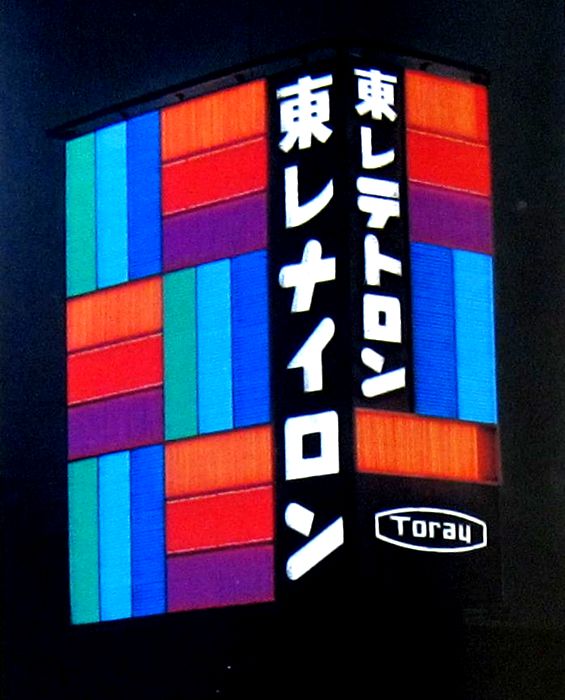I wanted to look into Japanese culture, more specifically at Japanese neon lights.
I like how the classic neon lights are all made out of tubing and theres only specific ways you can bend the tubes to create the aesthetic.
I like how the tubes are all connected, and there is beaks in the text where the light isnt added so the tube can be bent behind and shaped into another letter. I think this could work really well and would be a nice aesthetic.
The Japanese glyphs are really cool, the different symbols work really well with the neon tubes.
I also looked into Sushi branding, to see what designs were already out there, and to see how other people incorporate Japanese design into the brand.
Sushi
Sushi (すし, 寿司, 鮨?) is a Japanese food consisting of cooked vinegared rice (鮨飯 sushi-meshi?) combined with other ingredients (ネタ neta?), seafood, vegetables and sometimes tropical fruits. Ingredients and forms of sushi presentation vary widely, but the ingredient which all sushi have in common is rice (also referred to as shari (しゃり?)or sumeshi (酢飯?)).
Sushi can be prepared with either brown or white rice. Sushi is often prepared with raw seafood, but some common varieties of sushi use cooked ingredients or are vegetarian. Raw fish (or occasionally other meat) sliced and served without rice is called "sashimi".
Sushi is often served with pickled ginger (ガリ gari), wasabi, and soy sauce. Popular garnishes are often made using daikon.
The original type of sushi, known today as nare-zushi (馴れ寿司, 熟寿司,) was first made in Southeast Asia, possibly along what is now known as the Mekong River. The term sushicomes from an archaic grammatical form no longer used in other contexts, and literally means "sour-tasting", a reflection of its historic origin as a fermented food. The oldest form of sushi in Japan, narezushi, is still made by wrapping fish in soured fermenting rice, which causes the fish proteins to break down into their constituent amino acids. The fermenting rice and fish have both a sour and an umami taste.
Contemporary Japanese sushi has little resemblance to the traditional lacto-fermented rice dish. Originally, when the fermented fish was taken out of the rice, only the fish was consumed while the fermented rice was discarded. The strong-tasting and smelling funazushi, a kind of narezushi made near Lake Biwa in Japan, resembles the traditional fermented dish. Beginning in the Muromachi period (1336–1573) of Japan, vinegar was added to the mixture for better taste and preservation. The vinegar accentuated the rice's sourness and was known to increase its shelf life, allowing the fermentation process to be shortened and eventually abandoned. In the following centuries, sushi in Osaka evolved into oshi-zushi. The seafood and rice were pressed using wooden (usually bamboo) molds. By the mid 18th century, this form of sushi had reached Edo (contemporary Tokyo).
The contemporary version, internationally known as "sushi", was created by Hanaya Yohei (1799–1858) at the end of the Edo period in Edo. Sushi invented by Hanaya was an early form of fast food that was not fermented (therefore prepared quickly) and could be conveniently eaten with one's hands. The size of the previous sushi was about three times as large as contemporary ones. Originally, this sushi was known as Edomae zushi because it used freshly caught fish in the Edo-mae (Edo Bay or Tokyo Bay). Though the fish used in modern sushi no longer usually comes from Tokyo Bay, it is still formally known as Edomae nigirizushi.
The Oxford English Dictionary notes the earliest written mention of sushi in English in an 1893 book, A Japanese Interior, where it mentions sushi as "a roll of cold rice with fish, sea-weed, or some other flavoring". However, there is also mention of sushi in a Japanese-English dictionary from 1873, and an 1879 article on Japanese cookery in the journal Notes and Queries.



































No comments:
Post a Comment